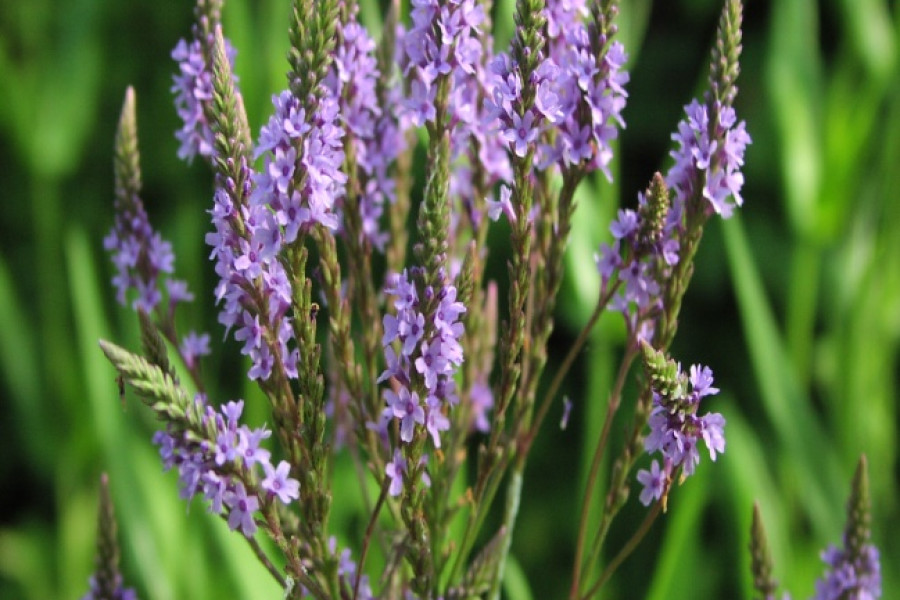There are 3000 species of herbaceous plants in the world, 2 species in Turkmenistan. It grows in the foothills, in the mountains and in cultural settlements. Not included in the list of rare plants. For outdoor purposes, the topsoil is used for flowering. Raw materials should be harvested throughout the summer. The crop must be harvested with scissors or a sickle. The accumulated raw materials should be dried on a sheet of paper or thick cloth. Contains bile, lactin glycosides and verbenaline, tannins, alkaloids and carotene. Grass is not eaten by livestock. Previously, the crop was considered a cure for all diseases. They often used it on the head for fever and nausea. Useful as a compulsive, diuretic. It has been reported to have a positive effect on neurological disorders. Reduces body temperature. Traditional medicine notes that verbena is useful against scabies. For toothache and sore throat, you should rinse your mouth with a solution from this plant. In Greece, verbena is still considered a miracle and the so-called "lucky" plant. Dip two tablespoons of herbs in 1 liter of water and boil for 5 minutes, then strain. The finished solution should be drunk four times a day in a glass. Pour one tablespoon of the herb into a glass of boiling water and then strain with cheesecloth. The resulting solution should be rinsed in the mouth and rubbed into the wounds.




